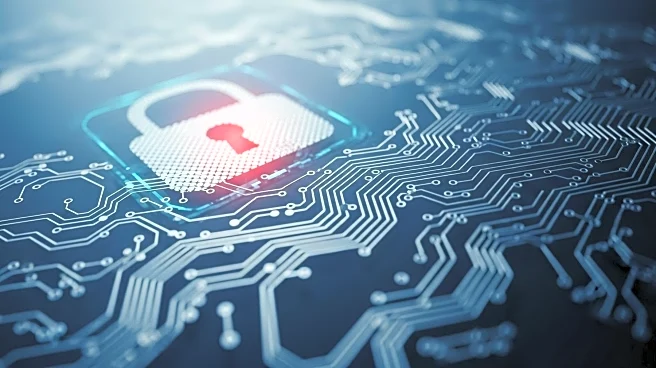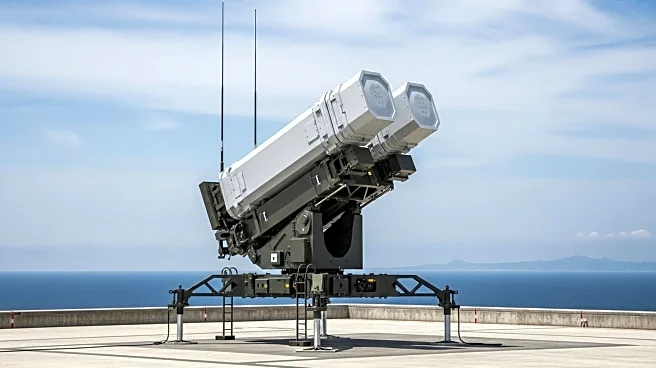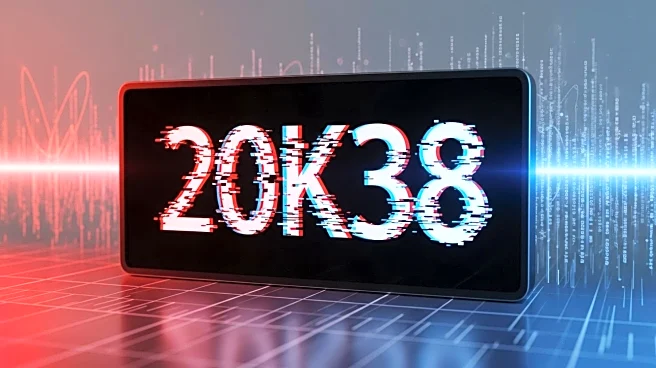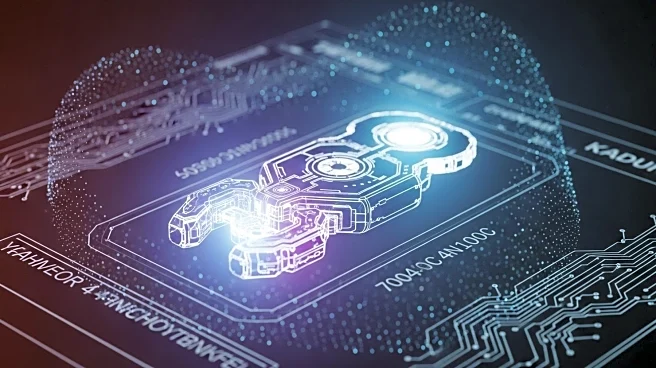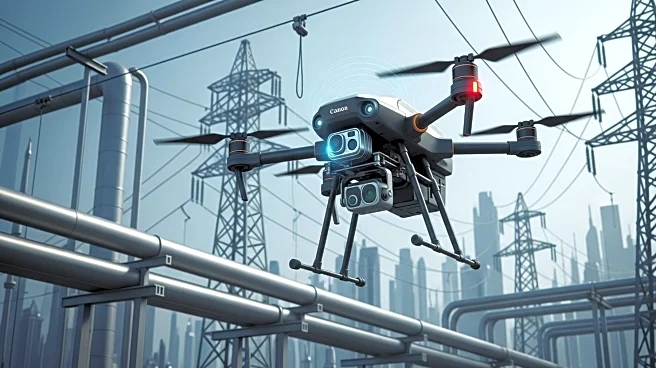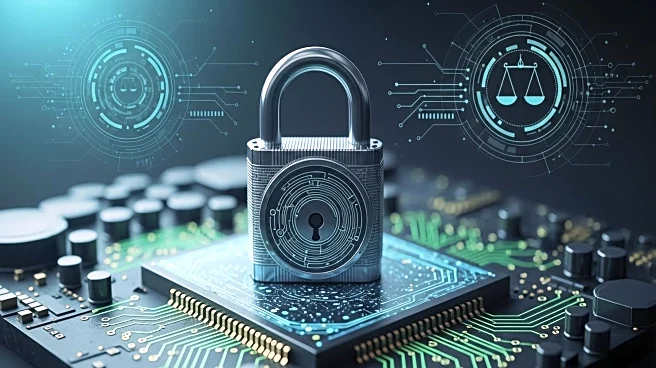What's Happening?
Researchers Trey Darley and Pedro Umbelino have raised concerns about the Y2K38 bug, which could cause significant disruptions in computer systems using 32-bit integers to store time. This bug, similar to the Y2K problem, is set to trigger on January 19, 2038, when the integer value exceeds its limit, causing systems to interpret the date incorrectly. The researchers warn that hackers can exploit this vulnerability today through time manipulation techniques, potentially affecting critical infrastructure and cybersecurity systems. The Epochalypse Project has been launched to address these issues, emphasizing the need for global coordination and system updates.
Why It's Important?
The Y2K38 bug poses a significant threat to U.S. cybersecurity and critical infrastructure. Systems affected include industrial control systems, smart devices, and cybersecurity frameworks reliant on accurate time-stamping. If exploited, this bug could lead to system crashes, data corruption, and potential physical damage, impacting sectors like energy, transportation, and defense. The complexity and cost of migrating from 32-bit to 64-bit systems, especially for legacy hardware, present challenges for stakeholders. Addressing this vulnerability is crucial to prevent potential disruptions and ensure the integrity and availability of essential services.
What's Next?
Stakeholders are urged to identify and prioritize critical systems for updates and develop contingency plans for those that cannot be easily upgraded. The cybersecurity agency CISA has announced updates for vulnerable products, and further CVEs are expected for other affected systems. Global coordination and proactive measures are necessary to manage the transition and mitigate risks associated with the Y2K38 bug. Researchers emphasize the importance of treating this issue as a vulnerability rather than a mere bug, utilizing frameworks like CVSS to prioritize fixes.
Beyond the Headlines
The Y2K38 bug highlights the ongoing challenges of maintaining cybersecurity in an increasingly connected world. As the number of internet-exposed devices grows, the potential impact of such vulnerabilities becomes more significant. The need for comprehensive cybersecurity strategies and international collaboration is underscored by the complexity of addressing these issues across diverse systems and industries.

